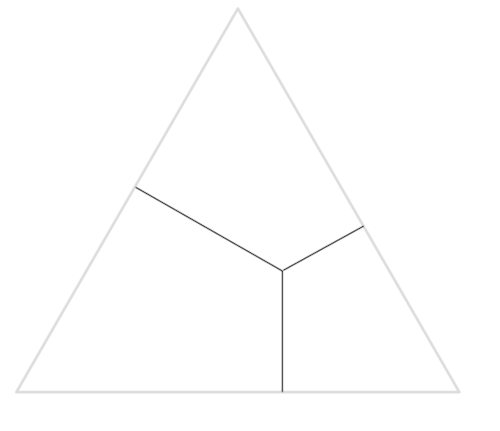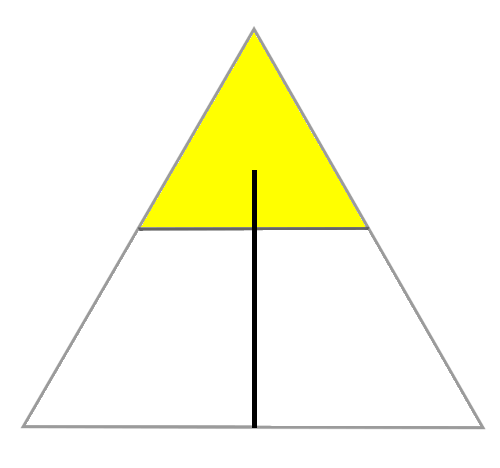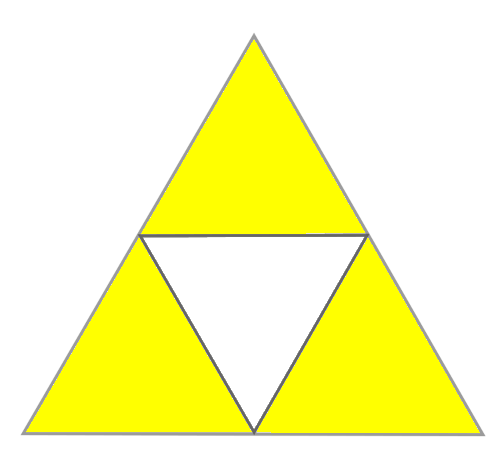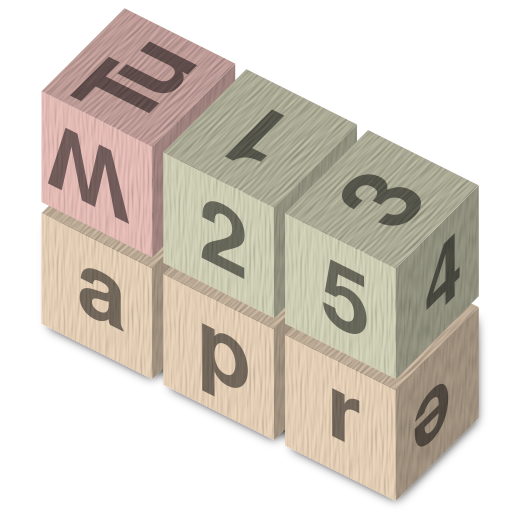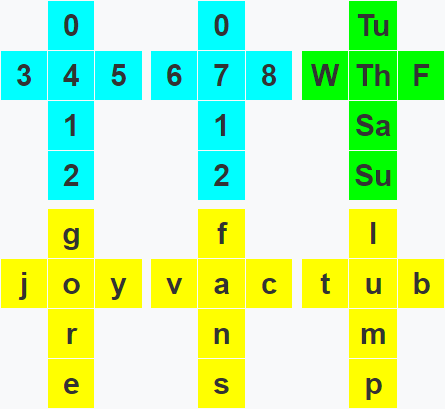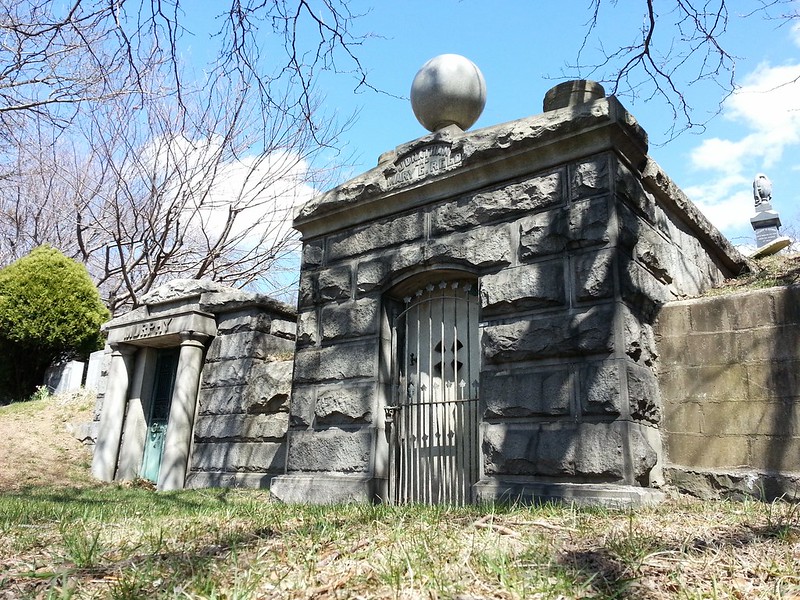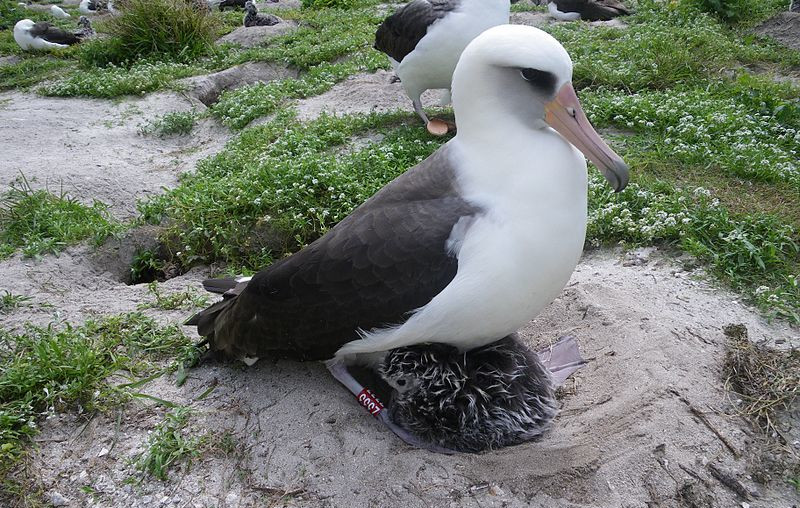
In 1956, ornithologist Chandler Robbins tagged a wild female Laysan albatross at the Midway Atoll National Wildlife Refuge in the North Pacific. The bird, dubbed Wisdom, went on to a stunning career, flying more than 3 million miles, equivalent to 120 trips around the Earth. She has been seen at the atoll as recently as last December, making her, at 72, the the oldest known wild bird in the world.
In that time she’s hatched as many as 36 chicks, a significant contribution to the struggling wild albatross population. The U.S. Fish and Wildlife Service wrote, “Her health and dedication have led to the birth of other healthy offspring which will help recover albatross populations on Laysan and other islands.” Bruce Peterjohn, chief of the North American Bird Banding Program, added, “To know that she can still successfully raise young at age 60-plus, that is beyond words.”

